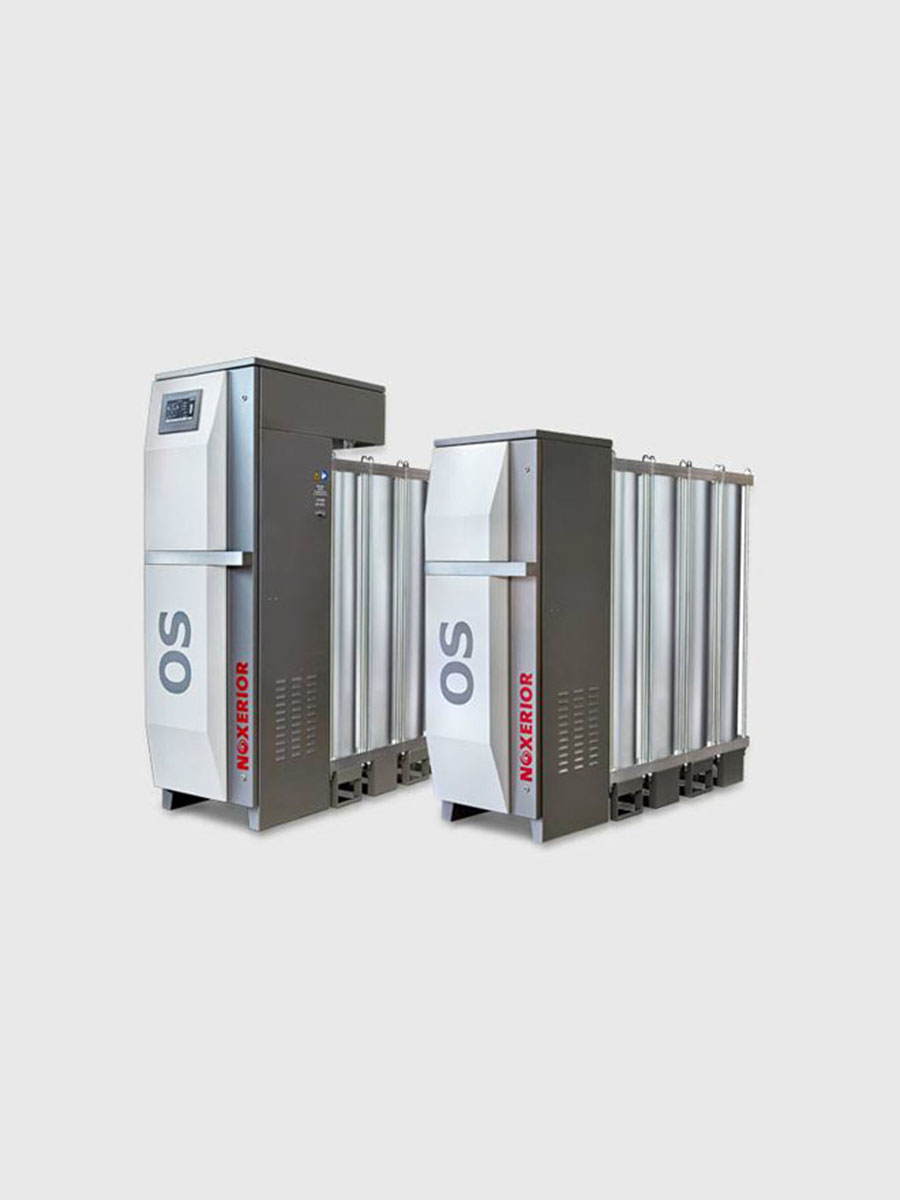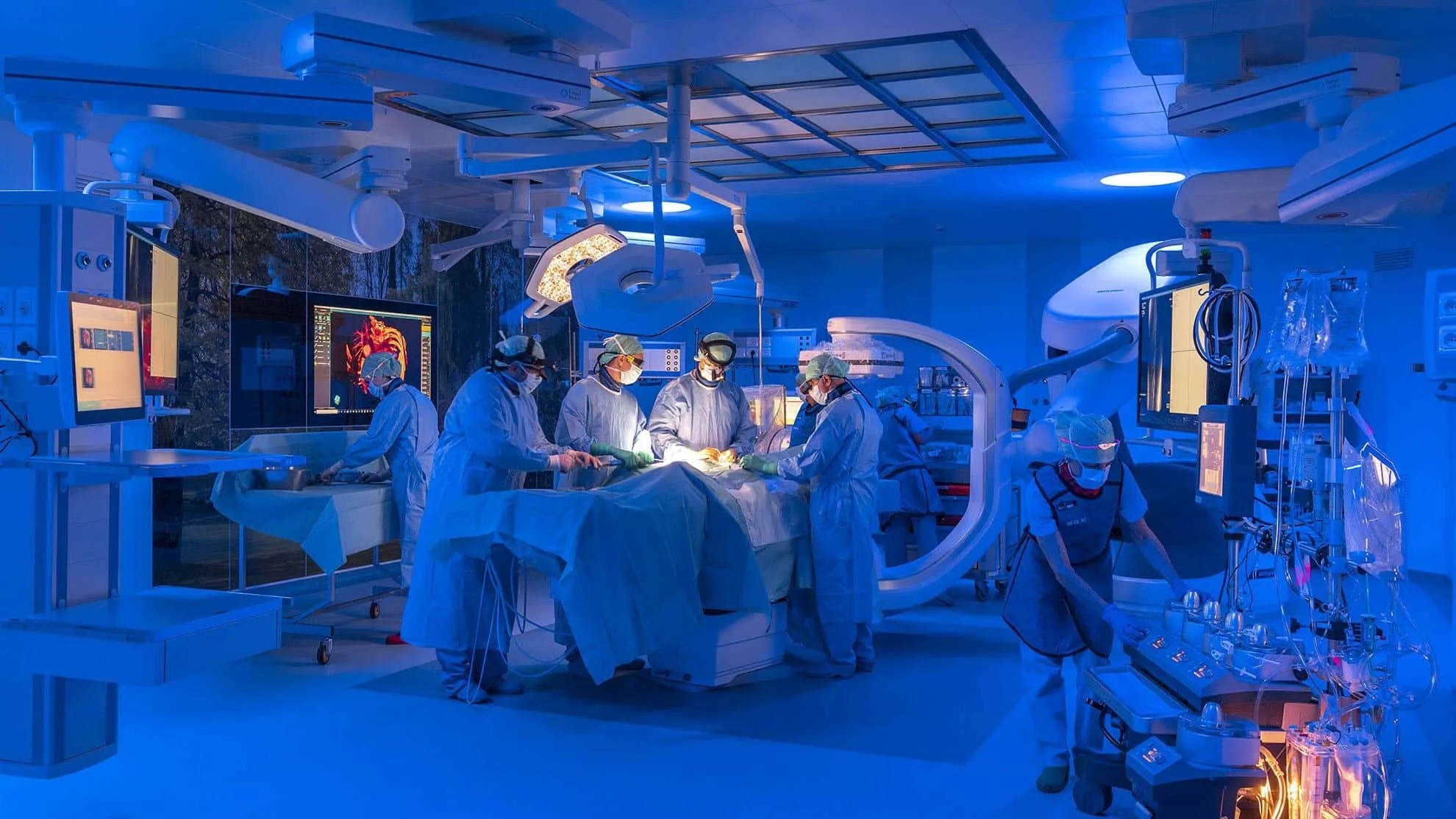What are oxygen generators?
Oxygen generators are devices that produce oxygen. They are used in industries, hospitals, and environmental settings. In hospitals, they provide respiratory support. In remote areas, they supply breathable air.
These devices work using different technologies. The two main methods are membrane separation and pressure swing adsorption (PSA). Each method has its own benefits and drawbacks. They meet the needs of different users in various situations.
How do they work?
The most common oxygen generator uses pressure swing adsorption (PSA) technology. It relies on zeolite or other adsorbent materials. These materials capture nitrogen from the air and let oxygen pass through.
In addition, when air enters the generator, the adsorbent material traps nitrogen. Oxygen molecules flow through the material. Finally, when the pressure is released, the nitrogen returns to the atmosphere.
This process is efficient. It can produce oxygen concentrations of 90% or more. This makes it ideal for medical and industrial use.
Oxygen Generators use in healthcare industry
Oxygen generators play an important role in medicine, especially in home healthcare. People with long-term breathing problems, like COPD or pulmonary fibrosis, rely on extra oxygen to live better. Portable oxygen generators provide a steady flow of oxygen, improving their quality of life and allowing them to move around more. In hospitals, oxygen generators are also vital. Additionally, they ensure a constant oxygen supply, which is crucial during surgeries or in intensive care units where patients need high levels of oxygen.
Oxygen generators play a significant role in various industrial applications beyond healthcare. Likewise in aquaculture, for example, oxygen generation is crucial for maintaining the best conditions in fish farming. Moreover, oxygen generators help ensure the water has the right oxygen levels, which are vital for fish health and growth. Similarly, in industries like metal fabrication and chemical processing, pure oxygen is necessary for efficient combustion. This boosts productivity and reduces emissions.
Oxygen generators are becoming useful in environmental applications. In places with low oxygen levels, like crowded cities or polluted areas, in addition, these generators can improve air quality. By raising oxygen levels, they can reduce health risks linked to poor air. This can help people feel healthier. Finally, as technology improves, more industries will use oxygen generators. As a result, this will lead to new solutions that boost efficiency, safety, and environmental care.



